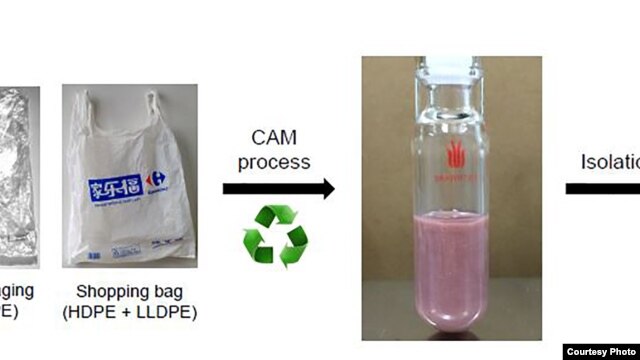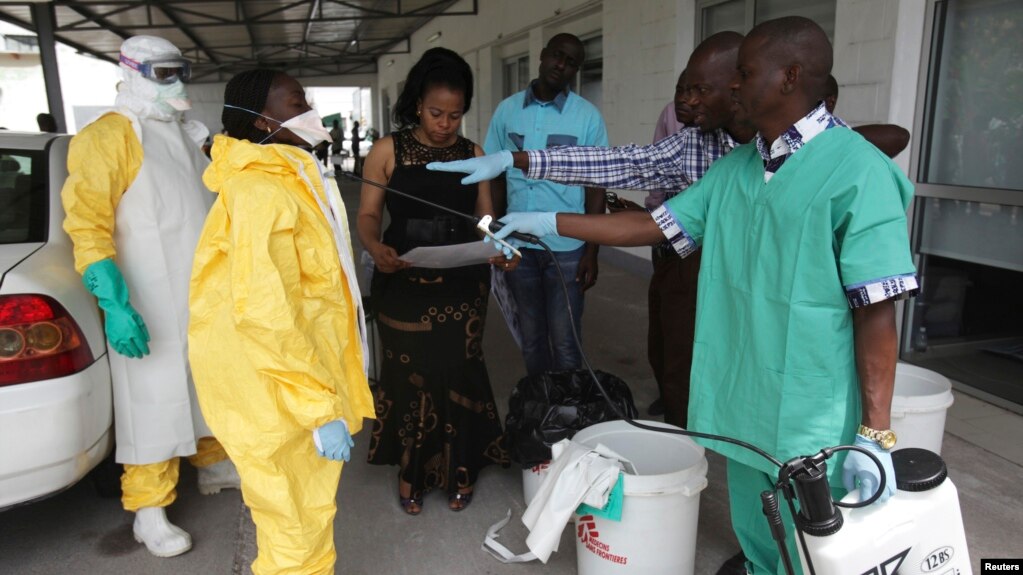This could truly be a big advancement in cleaning up the environment – and providing the fuel that keep our society going. It is also an example of private industry finding ways to turn human waste into usable and eco-friendly products.
Read more @ The afterlife of plastic Al Jazeera America
Read more @ The afterlife of plastic Al Jazeera America



